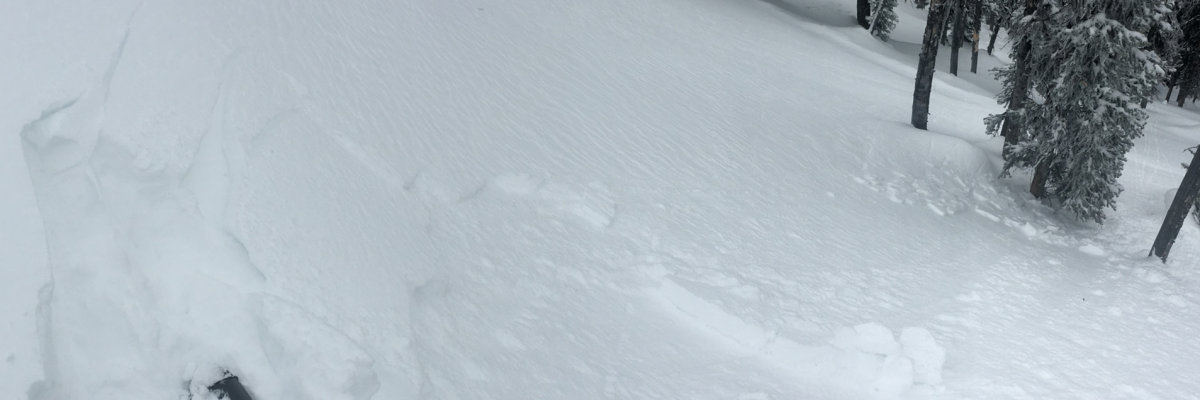This is Travis Craft with an end of season update. The West Central Montana Avalanche Center issued its last advisory yesterday, March 31, 2020. The operating season for the center has come to a close. If you are going to recreate in the backcountry, it is time to become your own forecaster.
There is a multitude of resources available to help with trip planning. Utilizing these resources can help you when mapping out routes and keeping tabs on weather and conditions. Familiarize yourself with local telemetry resources, cameras, and apps to monitor conditions.
Check the uphill travel policies of each ski area you plan to visit. Remember, when the ski resort is closed, there is no ski patrol for rescue or avalanche mitigation. The rules for travel and riding are the same for the backcountry.
Traveling in the backcountry this time of year can be very dynamic. Winter conditions can be found at higher elevations with spring conditions at lower elevations. Pay attention to weather changes and remember to reassess the snowpack throughout the day. Travel one at a time in avalanche terrain, carry a beacon, shovel, and probe, and stay alert for signs of instability. Dig a pit. Look for red flags.
Here is a link to some excellent online e-learning material. KBYG
Avalanche Problems and Ways to Combat Them
Wet Avalanche Problems
As the snow heats up during the day, be aware of the increasing likelihood of wet loose avalanches. Signs that the snowpack is warming include pinwheels, rollerballs, or if you are sinking up past your boots in heavy, wet snow.
Rain on snow events and nights without freezing temperatures lead to wet slab avalanche problems. These are hard to predict. The best way to avoid these is heading home when the rain starts and avoiding travel on or below steep slopes when temperatures do not refreeze overnight.
Glide cracks are opening in isolated areas of the Bitterroot and Missions. These are the result of the entire snowpack sliding on a wet ground surface, and they can slowly open for weeks at a time. They can fail suddenly and unpredictably, producing avalanches the full depth of the snowpack. Stay well away from slopes where glide cracks are present.
New Snow Problems
Loose snow avalanches and Storm slabs: Use small test slopes to see how the new snow is bonding to old snow surfaces. Use hand pits and pole tests to assess the new snow. Look for cracks from your skis or machine to identify storm slabs.
Wind Problems
Wind slabs: Watch for blowing snow and rounded, textured, drifts. Shooting cracks are a sign of unstable wind slabs.
Cornices will continue to be suspect for the remainder of the season until they have all broken down. Warm temperatures and more loading can lead to cornice failure. Give them a wide berth.
Old Snow Problems
Persistent slab avalanches: Dig a pit and look for stripes in the snow to identify weak layers. Perform a pit test to see how reactive these layers are. Choose a shallow spot to see if you have weak sugary snow at the bottom of the snowpack if you do choose another slope.
Bottom Line
Be diligent with your snowpack assessments and trip planning. Look for terrain traps. Dig a pit. Check the weather forecast. Be your own forecaster.
We will continue posting observations throughout the spring. If you get out, please take a minute to fill out the observation form on our website (missoulaavalanche.org), or shoot us a quick email at [email protected]. Thank you to everyone who has sent in observations this year.
Please take a moment to read this message from Missoula Avalanche, Greater than the Sum of Our Parts.
Finally, I would like to extend our most sincere thanks to the fantastic community whose continued support makes our avalanche center and educational opportunities possible. Thank you to all of the supporters, sponsors, donors, partners, and our excellent board, who has helped make the center what it is today.
Ski and ride safe.














